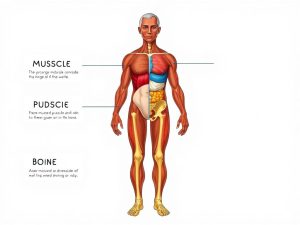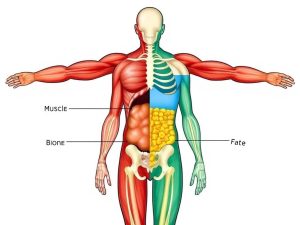Understanding Body Composition vs. Weight

When it comes to health and fitness, many people focus solely on their weight. But your body weight is just one piece of the puzzle. Understanding body composition—what your body is made of—can provide a clearer picture of your overall health and fitness progress. In this article, we’ll explore the differences between body composition and weight, why they matter, and how you can assess and improve your health effectively.
Body composition refers to the percentages of fat, muscle, bone, water, and other tissues that make up your body. Unlike weight, which is a single number on a scale, body composition gives a detailed breakdown of your physical make-up. The two main components to focus on are:
- Fat Mass: The total amount of fat in your body, including both essential fat (needed for basic functions) and storage fat.
- Lean Body Mass (LBM): Everything else, such as muscles, bones, organs, and water.
- Weight is Simple; Body Composition is Detailed
- Your weight is the total sum of all your body’s components.
- Body composition analyzes the proportions of fat and lean mass.
- The Scale Can Be Misleading
- Weight fluctuates due to factors like water retention, glycogen storage, or even clothing.
- A scale doesn’t differentiate between fat and muscle.
- Muscle vs. Fat
- Muscle is denser than fat, meaning a pound of muscle takes up less space than a pound of fat.
- Someone with more muscle may weigh more but appear leaner.
- Health Indicators
- High body fat percentage is linked to risks like diabetes, heart disease, and joint issues.
- A healthy lean mass is essential for strength, mobility, and metabolic health.

- Accurate Health Assessment: A person with a healthy weight might have a high body fat percentage, putting them at risk for health problems.
- Tracking Progress: If you’re building muscle and losing fat, the scale might not move, but your body composition will improve.
- Customized Goals: Understanding your body composition allows for tailored fitness and nutrition plans.
- Skinfold Calipers: Measures fat under the skin using specific pinch points.
- Bioelectrical Impedance Analysis (BIA): Sends a low electrical current through the body to estimate fat and lean mass.
- DEXA Scan: A medical-grade scan providing detailed analysis of bone density, fat, and muscle.
- Hydrostatic Weighing: Measures body density by submerging you in water.
- Smart Scales: Home devices that use BIA technology for an estimate.
- Nutrition:
- Focus on lean protein, whole grains, fruits, and vegetables.
- Avoid excess sugars and processed foods.
- Exercise:
- Incorporate strength training to build muscle.
- Add cardiovascular exercise to burn calories and improve heart health.
- Lifestyle:
- Prioritize sleep for recovery.
- Manage stress to reduce cortisol levels, which can contribute to fat storage.
Conclusion
Understanding the difference between body composition and weight is key to setting realistic and effective health goals. While the scale provides one measurement, focusing on your body’s composition offers a more accurate picture of your health and fitness progress. By using the right tools and strategies, you can improve your body composition and achieve a healthier, stronger, and more balanced body.


